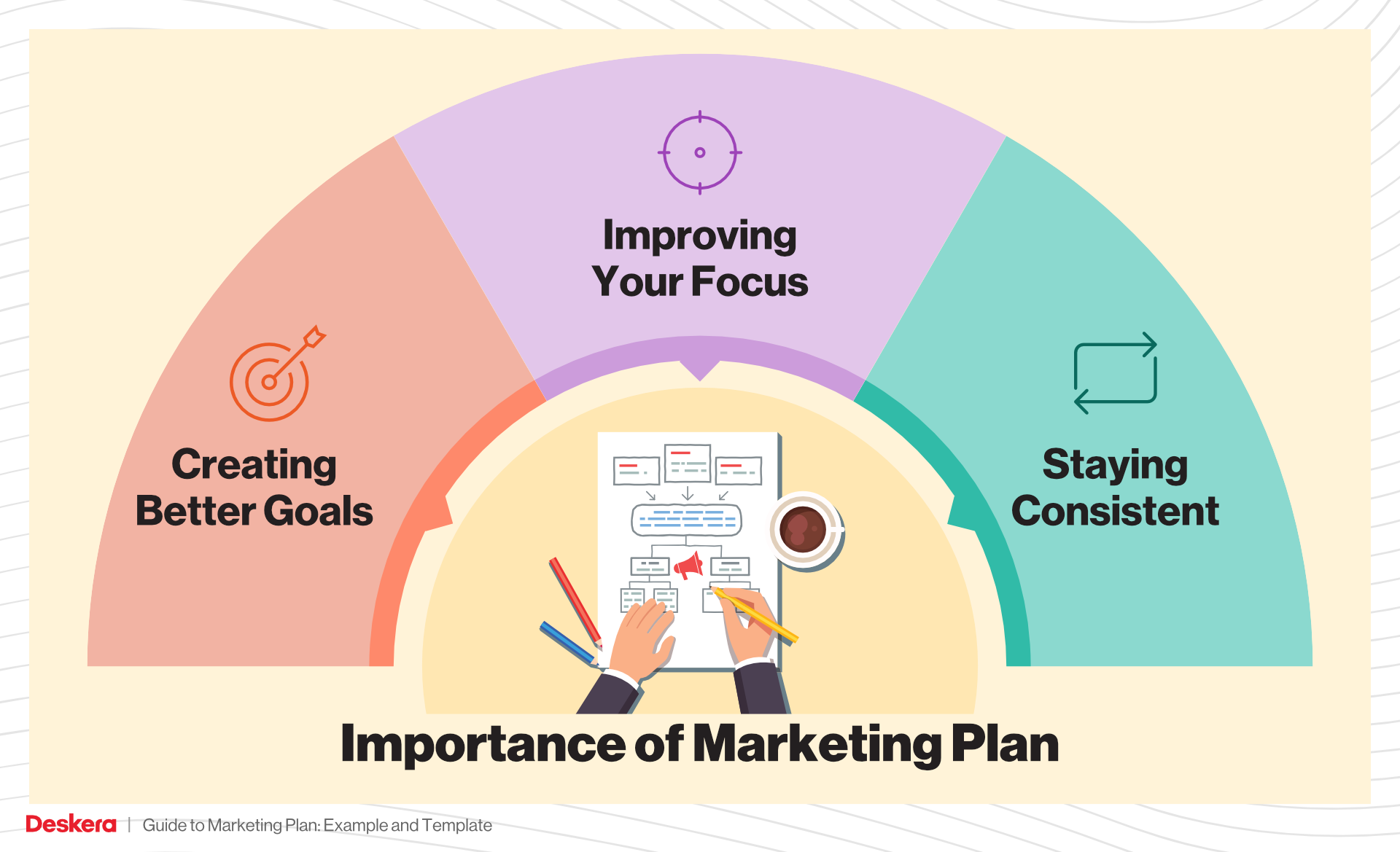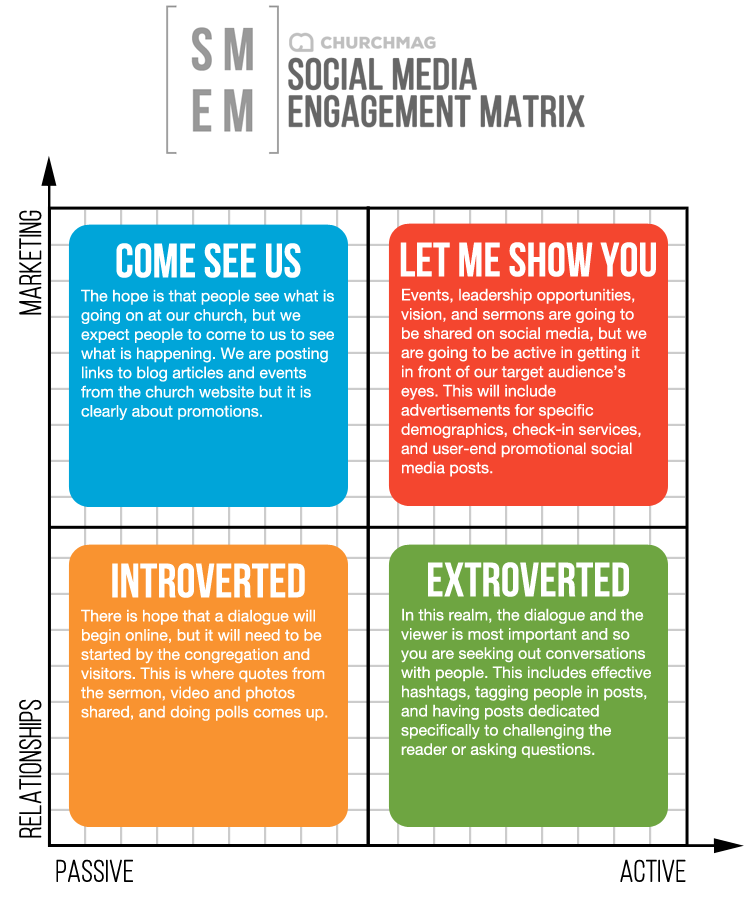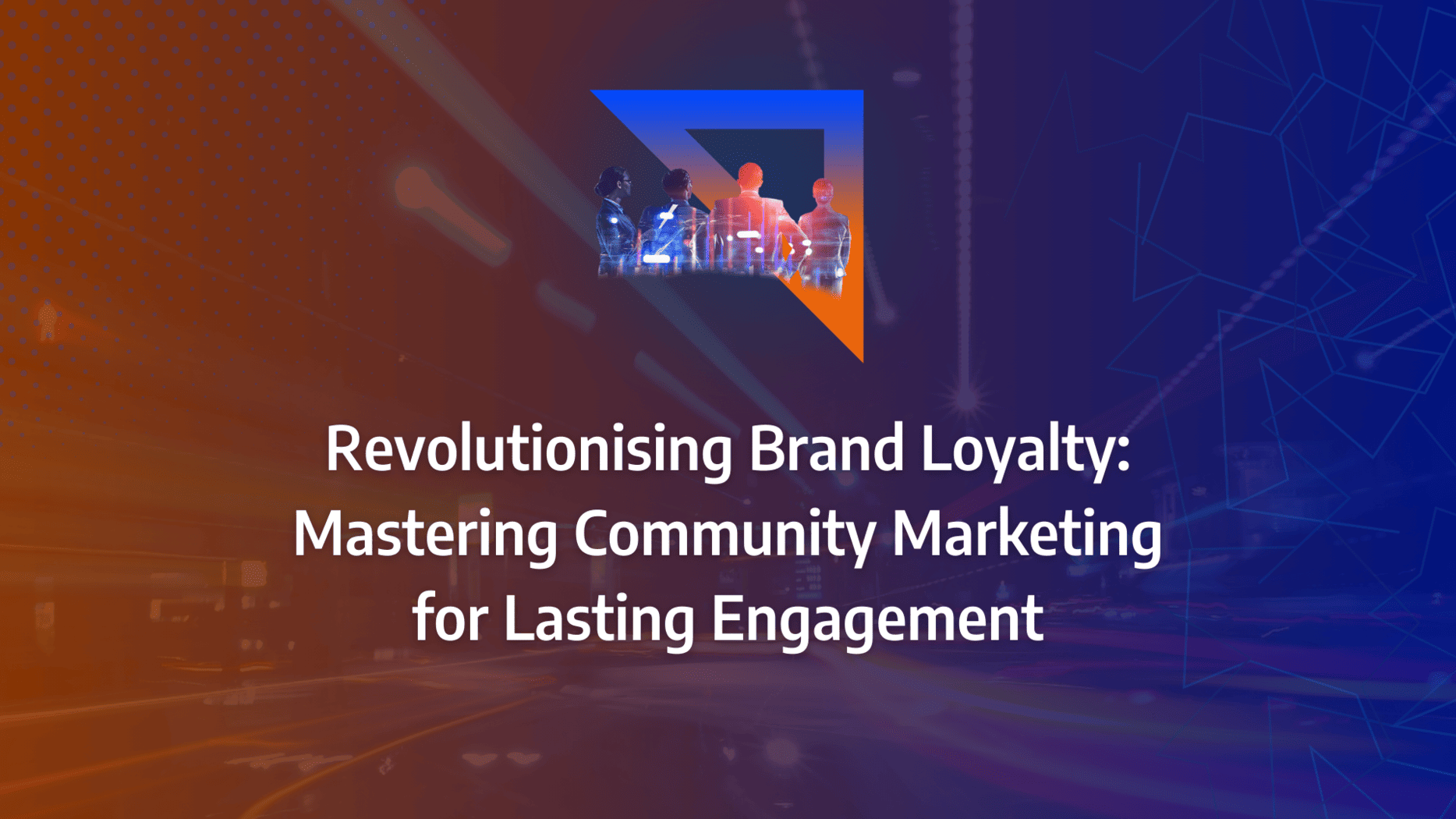Building lasting brand loyalty in today’s market isn’t just about offering great products or services—it’s about creating a thriving community around your brand. Community marketing is the key to achieving this, offering a strategy that goes beyond traditional marketing tactics to foster genuine connections with your audience.
Imagine turning your customers into advocates who not only engage with your brand but also drive its growth organically. In this blog post, you’ll discover how to master community marketing by crafting a plan that resonates with your audience’s core values, leveraging online communities for greater reach, and creating content that truly connects.
- Leverage Community Marketing: Building a strong community around your brand fosters deeper connections with your audience, driving organic growth and long-term loyalty.
- Develop a Strategic Plan: A well-crafted community marketing plan should align with your brand’s core values, selecting the right platforms and setting clear, achievable objectives.
- Engage Actively with Your Community: Regular engagement through events, user-generated content, and active participation by brand representatives is crucial to maintaining a vibrant community.
- Harness Online Communities: Utilise online platforms, such as social media groups and forums, to expand your reach and strengthen relationships with your audience.
- Focus on Value-Driven Content: Content that resonates with your community’s interests and values will enhance engagement and brand loyalty.
- Measure and Refine: Regularly track engagement metrics, monitor brand sentiment, and gather feedback to measure the success of your community marketing efforts.
Why You Should Leverage Community-Based Marketing for Your Business
Creating a community marketing plan is essential for brands seeking to build deeper connections with their audience. A community is a sanctuary where individuals gather around a common cause, interest, or life stage, engaging in meaningful conversations, sharing ideas, and seeking advice on topics that matter to them.

Differentiating Community-Based Marketing from Influencer Communities or Brand Pages
Unlike influencer communities or brand pages on platforms like Facebook and Instagram, where content is often one-sided and curated, community-based marketing fosters genuine, two-way communication. Here, members engage in open, transparent discussions without the pressure of presenting a perfect image. This authentic interaction is vital for addressing real problems and finding solutions collaboratively.
Source: Tintup
Understanding Community Marketing
Community marketing is an innovative growth strategy that focuses on bringing brands, their customers, and potential customers together in an engaging, transparent, and non-intrusive manner. This approach allows brands to utilise communities as a channel to reach their audience and build meaningful relationships.
The Benefits of Community Marketing
- Enhanced Customer Service
Implementing a community marketing plan enables brands to offer focused and improved customer service. By owning a brand community or participating in existing ones, companies gain direct access to customer feedback. A dedicated community manager can report this feedback, respond to queries, and address concerns promptly, ensuring that customer service remains attentive and proactive.
- High Organic Engagement
One of the standout advantages of community-based marketing is the high level of organic engagement it fosters. Unlike traditional social media channels, where reach is often limited by algorithms, communities are inherently engaging. Platforms like Facebook recognise group members’ interest in the content, resulting in higher organic reach. This makes community marketing campaigns a cost-effective method to boost visibility and engagement.
- Complementing Other Marketing Efforts
In an era where consumers are bombarded with up to 10,000 advertisements daily, cutting through the noise is challenging. Online communities provide a space for sustained, meaningful engagement, encouraging members to interact with the brand regularly. A well-integrated community marketing plan complements other marketing channels, such as Facebook pages, email marketing, and content marketing, enhancing overall strategy effectiveness.
- Amplifying Customer Voices
Communities make customers feel valued and heard, which is crucial for brand loyalty. Regular feedback gathered through community interactions allows brands to stay attuned to customer needs and preferences. This ongoing dialogue can lead to beta testing new products or features, providing invaluable insights without the need for extensive market research. Engaged communities are ready and willing participants, making them a treasure trove of actionable feedback.
What Matters Most?
Cultivating a tribe around your brand by creating shared values and narratives can deeply resonate with your audience, fostering loyalty. Our clients often discover that nurturing meaningful relationships within the community is essential for sustained engagement and growth. Typically, creating a welcoming environment encourages participation and reduces barriers, enabling a more vibrant community.Get In Touch
Drawbacks of Community Marketing
Unique Skill Set Required: Community-based marketing appears straightforward at first glance, but it is incredibly challenging to execute effectively. The principles of community-building often conflict with traditional performance marketing. Tracking the impact of community marketing campaigns and crafting highly targeted messaging can be difficult. Brands must also be prepared to handle negative reviews with honesty, engage frankly, and work closely with members to understand their needs.
Marketers need to be genuinely authentic in their communication, constantly refining their approach based on community feedback. Any hint of inauthenticity can quickly alienate members and damage the brand’s reputation.
Long-Term Approach: Although it is not necessarily a drawback, marketers must recognise that a community marketing plan requires a long-term commitment. Trying to use a community to achieve immediate sales boosts or launch quick ad campaigns can backfire.
Community marketers must be prepared to focus on long-term brand building and enhancing the customer experience, often at the expense of short-term campaign goals.
High Commitment: Similar to the necessity for long-term planning, community marketing demands significant investment in building and maintaining community infrastructure. This includes listening to members, absorbing feedback, and engaging in constant communication. The benefits of speed, personalisation, and authenticity in community-based marketing require ongoing attention and effort from the entire team.
Types of Community Marketing
Understanding the different types of communities can help shape a more effective community marketing strategy. Here are five types of expert communities to consider:
- Expert Communities: These communities enhance a brand’s authority by facilitating learning, knowledge-sharing, and collaboration among members. They serve as valuable spaces for industry professionals to exchange insights and build expertise.
- Event Communities: Event communities are designed to complement in-person events and host virtual events. They provide a platform for participants to connect before, during, and after events, fostering a sense of continuity and engagement.
- Membership Communities: Membership communities enable members to meet, collaborate, and connect. They offer exclusive access to resources and networking opportunities, creating a strong sense of belonging among members.
- Support Communities: Support communities are places where members can seek advice and troubleshoot issues. These communities act as additional support resources, particularly useful for a B2B SaaS customer success team, providing peer-to-peer assistance and enhancing customer satisfaction.
- Communities of Action: These communities unite individuals under a collective mission and shared goals. They are driven by a common purpose, motivating members to work together towards achieving specific objectives.
Our Tactical Recommendations
Implementing engagement strategies that recognise member contributions can significantly enhance feelings of value within the community. Developing a content calendar focused on community-driven initiatives helps maintain consistent engagement. Additionally, incorporating gamification strategies can motivate participation and reward community members, driving overall engagement levels.Get In Touch
How do I effectively engage my audience within a community?
When developing a community marketing plan, it’s crucial to strike the right tone with your audience. Avoid being overly promotional, ignoring engagement, or bombarding them with irrelevant content, as these practices can damage trust and hinder your efforts.

Contribute Like a Professional: As you establish your community, always remember that you are the expert in your field. Every interaction should add value, reinforcing your authority and expertise. By publishing educational articles, providing practical tips, and sharing how-to guides, you not only showcase your knowledge but also strengthen your relationship with your target audience. Focusing on genuinely helping your audience, rather than using marketing jargon, fosters loyalty and trust.
Engage Effectively: Engaging your audience in a way that resonates with them is essential. If your audience is busy and prefers quick content, consider using videos over lengthy blog posts. Conversely, if your community revolves around a book club, blog posts might be more appreciated. Utilising polls can help you understand what type of content your community values most, driving more interactions and ensuring your community driven content is impactful.
Source: Tintup
Create a Trusted Space: Providing a community-owned space for members to connect and share knowledge is powerful. As people discuss their experiences with your brand and products, it leads to valuable customer recommendations and enhances word-of-mouth marketing. In fact, 90% of consumers trust a brand more if a peer recommends it.
Initially, focus on creating conditions that encourage community growth. Set up rooms, discussions, and events to foster connections. Establish common goals and behaviours that reinforce a sense of belonging. An engaged community encourages regular participation, ultimately breeding brand loyalty, improving the customer experience, and generating long-term value.
Host and Participate in Events: Hosting events is a straightforward way to create shared meaning and traditions within your community. Physical events offer opportunities for face-to-face interactions, strengthening connections. Online events can complement your community by bringing people together around specific topics at designated times, facilitating shared experiences.
Both events and communities serve as natural marketing channels, sparking discussions and ideas. Event topics can be further explored on your community pages, enhancing engagement and continuity.
Using Event Marketing to Boost Community Engagement: Consider partnering with events that attract potential customers, hosting your own events to prevent churn among existing customers, or doing both. Planning events effectively requires significant resources, so conduct thorough research to understand what will attract and engage your members.
Leverage your existing community as a resource. Ask members about the events that excite them, preferred formats, and desired speakers. Analyse community data to identify popular topics for your event track. This ensures your events are relevant and engaging, driving deeper community involvement and enhancing your overall community marketing campaigns.
Discovering Your Community’s Niche: For years, marketers have aimed to achieve mass-market appeal through broad, general advertising campaigns. However, in today’s saturated market, narrowing your focus and targeting specific niches is more effective.
When devising a community marketing plan, consider forming a community of specific individuals, such as C-Suite executives or marketing professionals, or concentrating on a specialised topic like bioengineering or wildlife conservation. By creating a community centred around a niche subject, you enhance the relevance and value of your brand, fostering deeper connections with your target audience.
A niche community can also serve as an incubator for testing broader marketing concepts. If a strategy resonates with your niche audience, it is likely to appeal to larger audiences as well.







